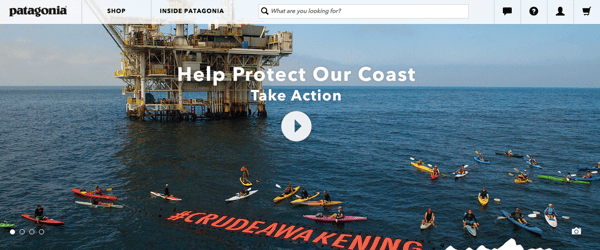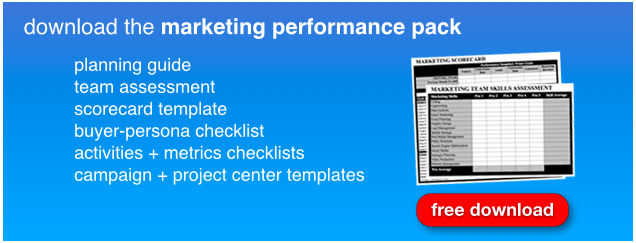Patagonia, the outdoor clothing retailer, was founded by climbing enthusiast Yvon Chouinard in 1973. It grew into one of the world’s most trusted high-performance retailers, thanks to a strikingly transparent and relentlessly authentic brand and business model. Over four decades, Patagonia has:
- Consistently and vocally supported environmental causes.
- Publicized its supply chain practices to conscious consumers.
- Launched a marketing campaign that celebrated “worn wear,” encouraging customers to reuse and repair Patagonia gear instead of buying replacements.
- Told customers not to buy its products in an effort to promote conscious consumerism.
The brand has earned the respect of consumers who like to see the firm do good. And it has also helped the company do well: since 2008, Patagonia doubled the size of operations and tripled its profits.
Who says you can’t have it all? If you’re a marketer who wants to tap into the heart and soul of your company—and pass that message onto consumers—Patagonia has some lessons for you.
1. How you use online real estate reflects your values.
We all know our company website is the linchpin of our brand presence in an always-connected world. Like the clothes you wear, the bumper stickers on your car or the decorations on your lawn, what you choose to show the world shows what you value.
That means marketers that talk the talk about values, mission and authenticity need to write them loud and clear in a prominent place on their company website.
As of writing, one of the first things you see when loading the Patagonia site isn’t a product or sale; it’s a call to save America’s coastline. Sure, the other banner slides have varying degrees of marketing on them. But it says something powerful when you choose to prioritize purpose over profit on your website’s above-the-fold real estate.
What does your website say about your business values? And what does that say about your business?
2. When in doubt, put your money where your mouth is.
We’ve all seen countless marketing gimmicks and PR stunts fall flat because they’re just that: gimmicks and stunts. The brands (or agencies) that execute them do not, and never intended to, put their money where their mouth is.
Patagonia shows marketers what the opposite looks like. There’s certainly an element of novelty to its “Don’t Buy This Jacket” campaign. But the larger narrative of conscious consumption wins out, whether you buy the jacket or not. Why? Because there’s a palpable sense that Patagonia actually means it—that if tomorrow a million people decided, in fact, not to buy a jacket, the company would call a meeting to celebrate.
That kind of authenticity is currency you develop from years of consistently sticking to your values. It’s not easy ... and it’s not sexy. But it pays compounding dividends over time. That’s why so few brands can claim this sort of credibility: they’d rather chase the short-term sales lift than the long-term business health that comes with an unimpeachable business promise to consumers.
3. Authenticity is what you do when nobody's looking.
Marketers are no strangers to making a big splash with ads, messages and campaigns. That’s why the things a brand does when no one is looking matter so much. Chances are, even rabid Patagonia fans don’t know every nuance of the company’s charitable giving, philanthropic commitments or efforts to build a more sustainable business.
Patagonia’s mission statement, while it resides on its own page, is also baked into every line of their website. Entire sections of the site are devoted to the company’s sustainable supply chain, material sourcing and environmental initiatives. Environmental stewardship and conscious consumption, while featured prominently on the site, aren’t separate “initiatives,” they’re built right into the brand’s DNA.
It’s a sobering reminder that a commitment to authenticity isn’t about a shiny new campaign, division or site page. It’s about how your company follows its purpose when nobody's looking and when no one cares.
What brands do you think are the most authentic? The least? Let us know in the comments.
Authenticity Is Just One Piece of the Puzzle—Learn About the Rest
Authenticity is one key step to building a brand customers love. But it’s not the whole story. You’ll also need the right talent and technology to drive growth with marketing, and a strategy to pull it all together.
It’s all in the Marketing Performance Pack, our free toolkit that's designed to help you improve your marketing. Get it today.

%20Logo_BlueOrange_Trademark.png?width=800&height=269&name=Ready%20North%20(RN)%20Logo_BlueOrange_Trademark.png)




.jpg?width=300&name=Services%20Hub%203%20(3).jpg)



